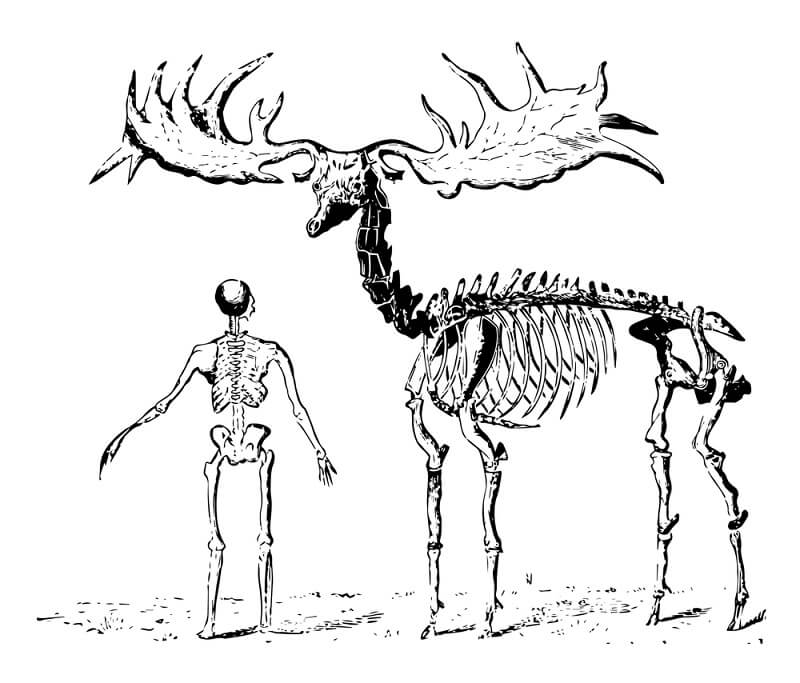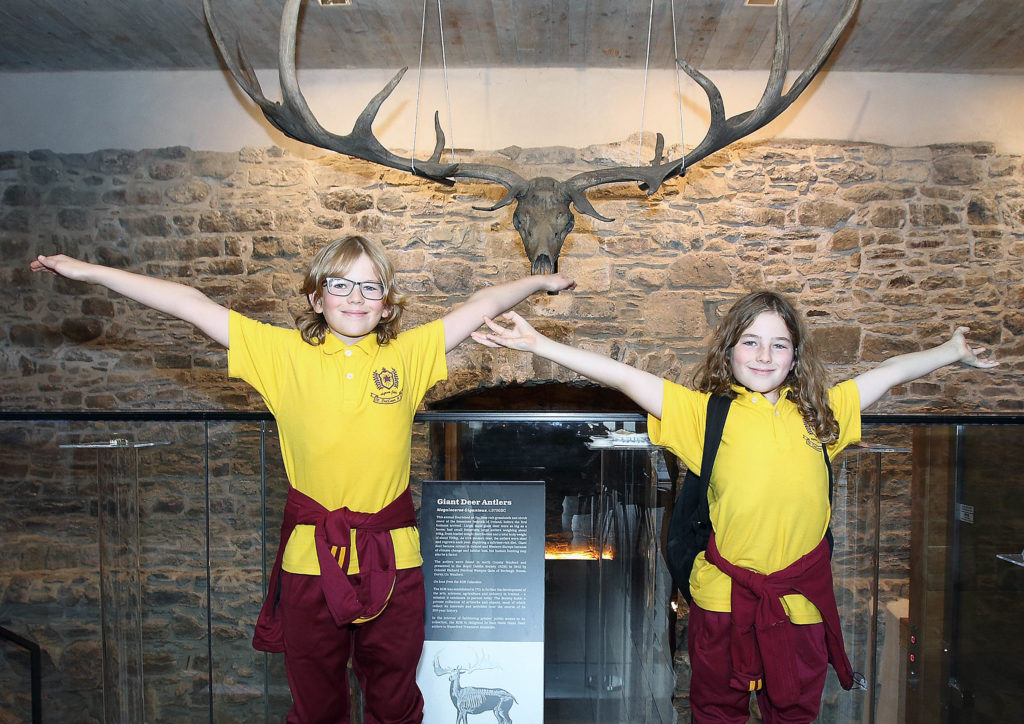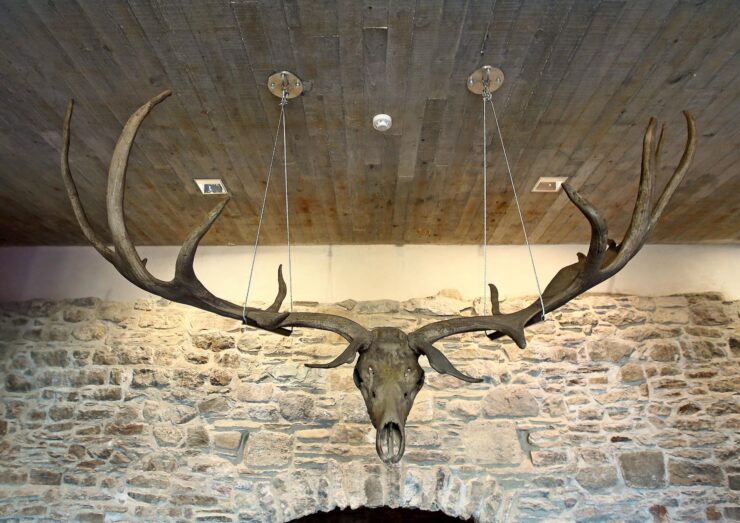A set of massive Irish Elk antlers has gone on display in Waterford, the county where they were discovered over 80 years ago.
The ancient antlers, on loan from the Royal Dublin Society (RDS), are on display at the Waterford Treasures Medieval Museum.
The antlers, which belonged to the enormous deer Megaloceros Giganteus, were discovered in north County Wexford and were given to the RDS by Colonel Richard Percival Wemyss Quin of Borleagh House in Gorey, Wexford, in 1943.
When the first sets were pulled from Ireland’s bogs by brave amateur archaeologists in the seventeenth and eighteenth centuries, such antlers were a significant status symbol on display in manor homes across the country.
Before the first humans set foot on Ireland’s shores, the majestic animals to which they belonged thrived on the grasslands and shrub cover of the limestone bedrock. Small footprints, huge antlers weighing around 40 kg, and a total body weight of roughly 700 kg were all characteristics of large, male, giant deer that were as horses.



The antlers were shed and regrown each year, just like modern deer, necessitating a massive food diet.
The Irish elk is an extinct species of deer in the genus Megaloceros and is one of the largest deer that ever lived. Its range extended across Eurasia during the Pleistocene, from Ireland to Lake Baikal in Siberia. The most recent remains of the species have been carbon dated to about 7,700 years ago in western Russia.
Climate change and habitat loss are to blame for the extinction of giant deer in Ireland and western Europe, but human hunting may also have played a role.
According to news of The Irish Post, Eamonn McEneaney, director of the Medieval Museum, was happy to welcome Professor Owen Lewis, president of the RDS, and other society members to Waterford for the opening of their antler exhibit.
“We are delighted to foster a new relationship with one of Ireland’s most distinguished societies and hope this leads to many more collaborations in the future,” he said.



The RDS was founded in 1731 with the goal of advancing Ireland’s development in the arts, sciences, agriculture, and industry; this is still its objective today. The majority of the artworks and objects in the Society’s private collection, which spans its 300-year history, represent its interests and pursuits.
“In the interest of facilitating greater public access to its collection, the RDS is delighted to loan these Giant Deer antlers to Waterford Treasures Museums,” the organisation confirmed.
“The Museum is delighted to now have two sets of these superb antlers on display to help bring knowledge of this now extinct animal to thousands of visitors every year,” added a representative of the Waterford Treasures Medieval Museum.
